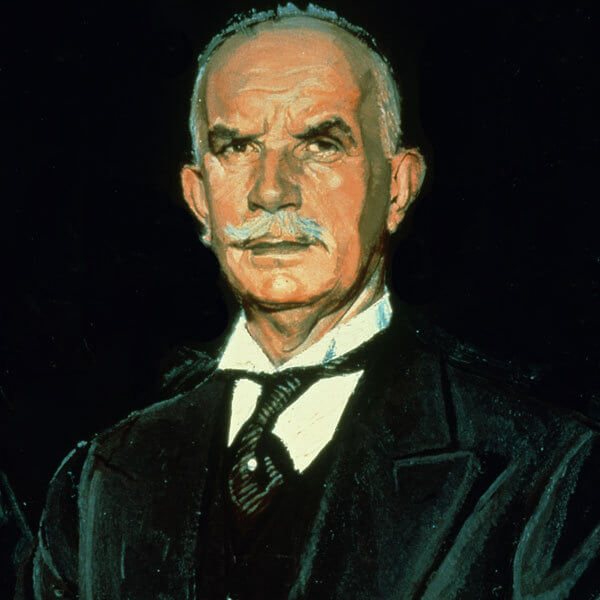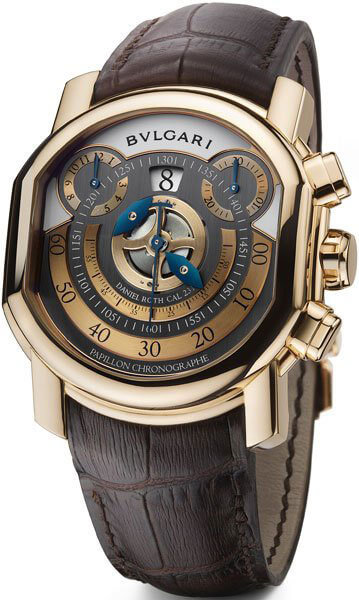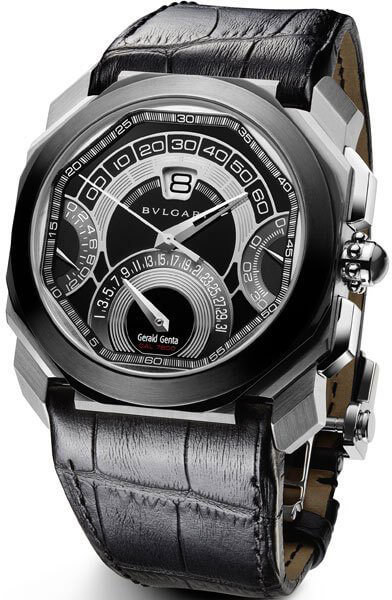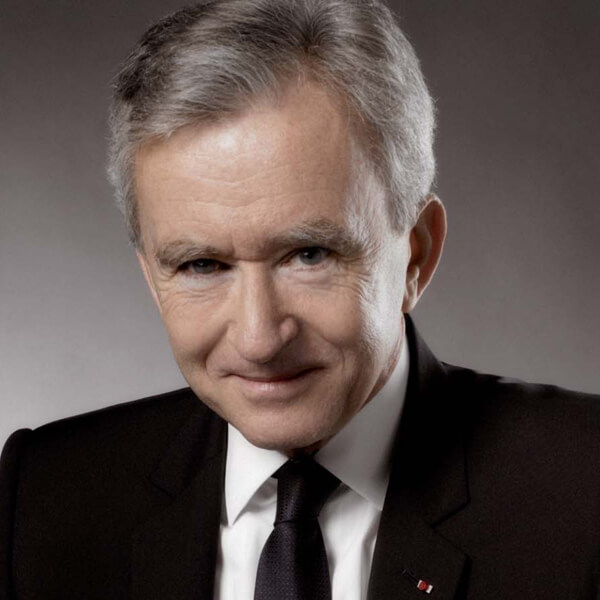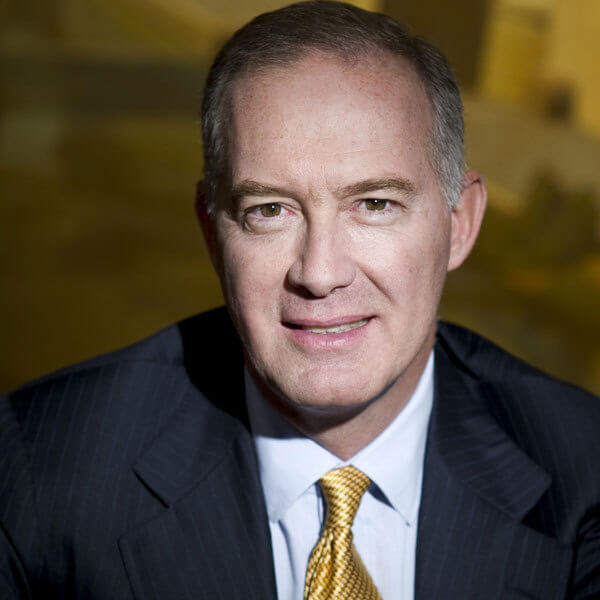After all, the jeweller was beginning to gain quite a following among a high-society clientele. Fortune would smile on the firm when Richard Burton introduced Elizabeth Taylor to its jewellery, shortly after the two met while filming Cleopatra. When the couple announced their engagement, she wore a Bulgari diamond brooch with an 18-carat emerald centre-stone. Burton then showered his bride with the matching necklace to form a set that became known as the Grand Duchess Vladimir Suite because of its resemblance to jewellery the Russian aristocrat wore. Taylor wore the brooch and necklace on many important occasions, including when she was presented to Queen Elizabeth, and when she won an Oscar for her role in Who’s Afraid of Virginia Woolf?.
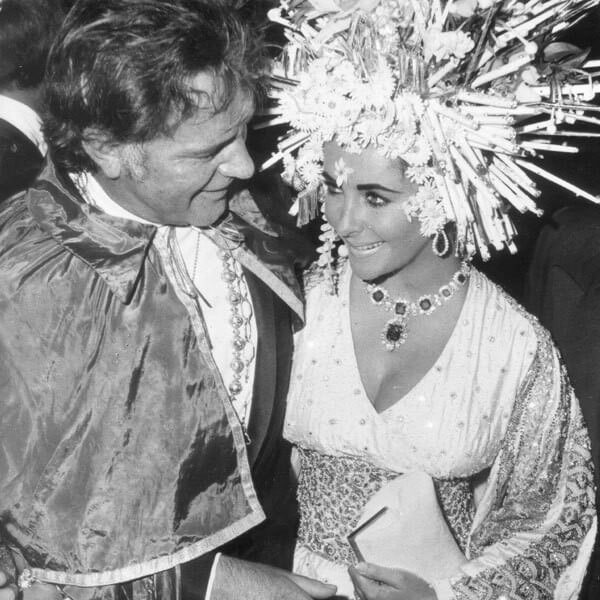
Where Elizabeth Taylor led, other actresses have followed, from Claudia Cardinale to Sofia Loren, from Ingrid Bergman to Romy Schneider, Tina Turner to Keira Knightley, to name but some. Many of the world’s foremost celebrities have fallen for Bulgari’s charm. The jeweller now ranks third worldwide behind Cartier and Tiffany. Jewellery remains Bulgari’s main business with revenues in excess of €1 billion last year. Indeed, after initiating a strategy of international expansion in the 1970s – it now has 293 points of sale including 173 under direct management – Bulgari started to diversify.
It made its first incursion outside jewellery, into watches, in the 1940s with the iconic Serpenti model, followed in the late 1970s by the Bulgari Bulgari. This meticulously constructed timepiece would be the prelude to the creation of a new company, Bulgari Time, in Neuchâtel. It would go on to buy the Daniel Roth and Gérald Genta brands. In charge of developing and assembling the brand’s timepieces, it employs some 450 people at sites in Le Sentier and La Chaux-de-Fonds. Bulgari stepped up the pace of diversification in the 1990s as it branched out first into fragrances then leathergoods, eyewear and silk. They were joined, in 2001, by hotels and resorts in partnership with Mariott International. Currently, jewellery represents 44% of Bulgari’s revenues, followed by fragrances (24%), watches (23%) and accessories (7.25%). Its main markets are now in Asia (43% of sales o/w 19% in Japan), ahead of Europe (38% o/w 12% in Italy), the Americas (12%) and the Middle East (5%).








